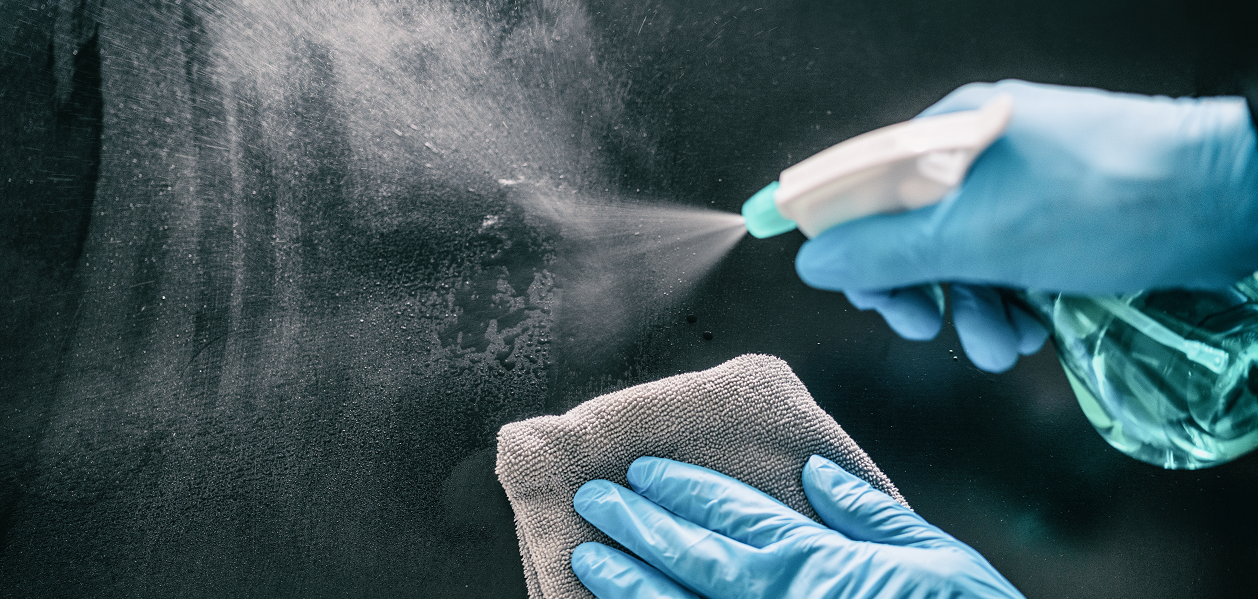Healthcare facilities are susceptible to the spread of infections, but developments in antimicrobial technologies are working to wipe the danger of harmful microorganisms out.
Each time a patient visits a clinic, emergency room or other care facility, they place their trust in the hands of healthcare professionals—not just to provide quality care for existing ailments, but to also prevent new concerns like infections.
However, preventing infection is no easy task. From door handles to lift buttons and even pens, many surfaces in a healthcare facility that patients come into contact with can potentially host and spread dangerous microorganisms such as bacteria, fungi and viruses.
While keeping high-touch surfaces clean is a good place to start, the advent of antimicrobial technologies has changed the game for preventing healthcare-associated infections and lowering of antimicrobial resistance.
Sourcing effective protection
With a myriad of different uses, an antimicrobial technology works by negatively affecting pathogens on surfaces. One way to get rid of such microorganisms is to disrupt the cell walls keeping them alive—by damaging the microbes’ membrane, antimicrobial technologies can cause structural failure and kill harmful bacteria.
Some antimicrobial technology works by damaging essential proteins, increasing oxygen levels or disrupting the genetic make-up of the microorganism. As such, the versatility of antimicrobial agents allows them to be applied in a multitude of products such as textiles, plastics, medical devices, paints and coatings, and even food preservatives.
For the most effective protection, selecting the type of antimicrobial agent to use requires extensive consideration. Does it kill or just inhibit the target pathogens? Does it require activation by external factors? Where will it be used? Are there any regulatory frameworks in place that prohibit its usage?
From metal nanoparticles like silver, zinc oxide and gold, to plant-based materials like flavonoids and organic acids, antimicrobial technologies can protect against a variety of harmful microorganisms that can cause disease and infection.
Greener antimicrobial agents
For instance, a Japanese Tech Offer that contains anti-viral materials copper (I) oxide and light-activated catalysts, was developed for incorporation into products that are often touched like door handles, handrails and buttons on lifts. This technology, proven to inactivate certain strains of viruses and bacteria within an hour, works indoors – with or without lighting. Furthermore, the concentration of the material used can be tuned to the desired level of performance, and the material itself can last over a year.
Akin to antibiotic resistance in humans, microbes can also develop antimicrobial resistance stemming from the overuse of conventional antimicrobial compounds. To tackle this increasing global concern, researchers from Singapore have turned to a “greener solution”. In the presence of light, some plant-based compounds can be triggered to produce oxygen species, which in turn kill the microbes that might infiltrate them. The stabilised form of this natural, environmentally-friendly and sustainable antimicrobial agent can be added to coating formulations for plastics and concrete, as well as fabric dye and personal care products.
Lastly, some medical devices contain materials with poor surface properties that encourage the growth of pathogens, increasing the risk of infection for patients. While biocompatible devices that are made of materials not toxic to the human body could address these problems, their use is only limited to certain conditions. Aiming to resolve these problems, a Dutch technology utilises a special bio-inspired coating that can be applied to a selection of products such as metal- and plastic-based medical devices, contact lenses, catheters and cell culture platforms. With this hydrophilic coating, the surface of medical devices can be easily modified and even self-repair, increasing their comfort, safety and performance.
To mitigate the risk of healthcare-associated infections and their impact on a patient’s experience, it’s more important than ever for care facilities to enhance their strategy to protect patients through prevention. As modern technology advances, effective and efficient antimicrobial technologies, in combination with other preventative measures, can reduce the risk of such dangers and increase the confidence of patients.
To find out more about antimicrobial technologies or other innovations, contact us at [email protected].

